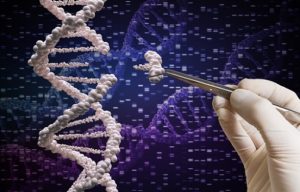By Emily Michiko Morris & Douglas Park
 The high cost of some pharmaceuticals is a complex issue, but the Federal Trade Commission’s (FTC’s) most recent criticism of pharmaceutical patents’ role is misguided. The FTC has criticized the listing of drug product device patents in the FDA’s “Orange Book,” a listing of patents related to various FDA-approved drug products. Read more
The high cost of some pharmaceuticals is a complex issue, but the Federal Trade Commission’s (FTC’s) most recent criticism of pharmaceutical patents’ role is misguided. The FTC has criticized the listing of drug product device patents in the FDA’s “Orange Book,” a listing of patents related to various FDA-approved drug products. Read more
 Executive summary: Many critics of pharmaceutical companies argue that they abuse the patent system through “evergreening” or “thickets” to increase the amount of time they can avoid generic competition and keep drug prices high.
Executive summary: Many critics of pharmaceutical companies argue that they abuse the patent system through “evergreening” or “thickets” to increase the amount of time they can avoid generic competition and keep drug prices high.  In their forthcoming
In their forthcoming  The following post comes from Colin Kreutzer, a 2E at Scalia Law and a Research Assistant at C-IP2.
The following post comes from Colin Kreutzer, a 2E at Scalia Law and a Research Assistant at C-IP2.  CPIP has published a new
CPIP has published a new  By Colin Kreutzer
By Colin Kreutzer In February, the U.S. Court of Appeals for the First Circuit
In February, the U.S. Court of Appeals for the First Circuit  By
By  Last month, global health initiative
Last month, global health initiative